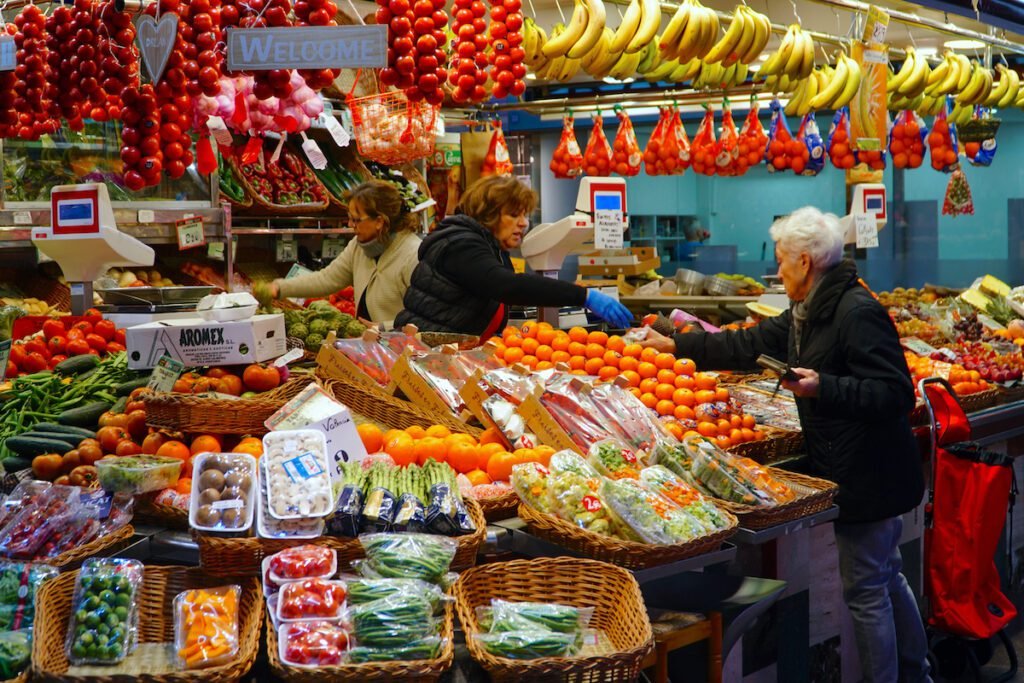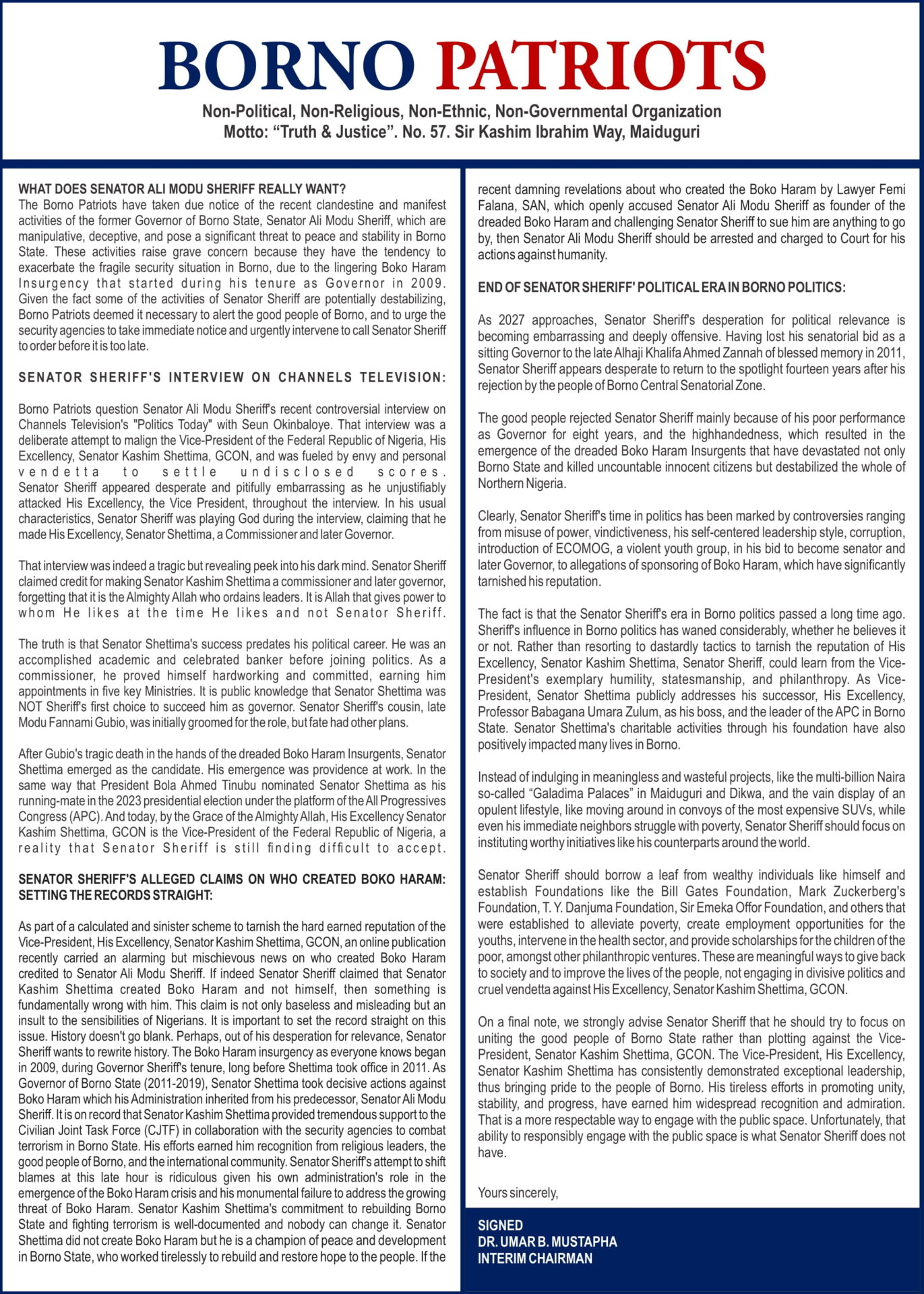THE Food and Agriculture Organization (FAO), a United Nations agency, has disclosed that the global food price index rose in April for the first time in a year.
Food prices however are still 19.6 percent down from a record high hit in March 2022.
The FAO Food Price Index (FFPI) report for last month, published on Friday, shows the April rise reflected higher prices in commodities such as meat, sugar and rice, which balanced the unfavourable declines in the cereals, dairy and vegetable oil price indices.
According to the agency, there was an increase in the sugar index owing to bad weather condiotions that affected the top Asian sugar-producing nations
“The FAO Sugar Price Index rose 17.6 percent from March, reaching its highest level since October 2011, due to reduced productions expectations and outcomes in India, China, Thailand and the European Union caused by dry weather conditions as well as to a slow start of the sugarcane crop harvest in Brazil, along with higher international crude oil prices, which can increase demand for sugarcane-based ethanol,” the report read.
On the part of Meat Price Index, there was a 1.3 percent rise recorded in the month driven primarily by higher pig meat quotations, followed by poultry prices, which increased amid Asian import demand and production curbs spurred by animal health issues.
International bovine meat prices also increased due to a decline in cattle supplies for slaughter, especially in the United States of America.
Price indices for other major price commodities exluding rice maintained a downward decline.
Regarding its 2023/24 projection for rice production, the FAO called it “mixed”, largely due to the regionally varied impact of the La Niña event. Going forward, the possible emergence of the El Niño phenomenon during the northern hemisphere summer will need to be closely watched.
“World cereal utilization in 2022/23 is forecast at 2,780 million tonnes, and world cereal stocks by the close of seasons to stand at 855 million tonnes.
“Based on these latest forecasts, the 2022/23 global cereal stocks-to-use ratio would stand at 29.8 percent, down slightly from 30.8 percent during the previous 12 months, but still indicating a relatively comfortable supply level globally,” FAO said.







